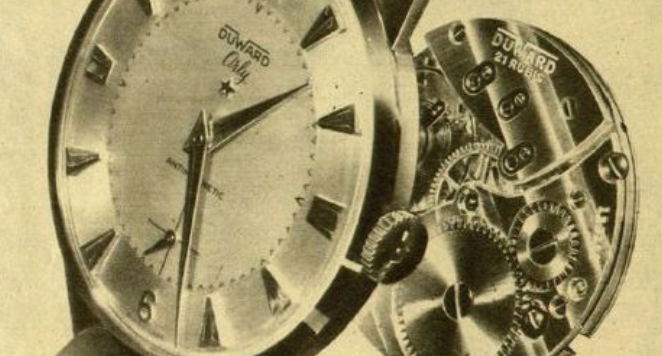For the watchmaking industry, the ‘60s was an era of development and innovation. While many brands were improving their tool watches based on the success of the 1950s, Omega was taking its Speedmaster Professional to the moon. Mechanical and automatic timepieces were being released constantly, but it wasn’t until 1969 that the first quartz watch made its appearance. Read on to find out how 1960s watches differed from the watches of today.
NASA Watch Trials
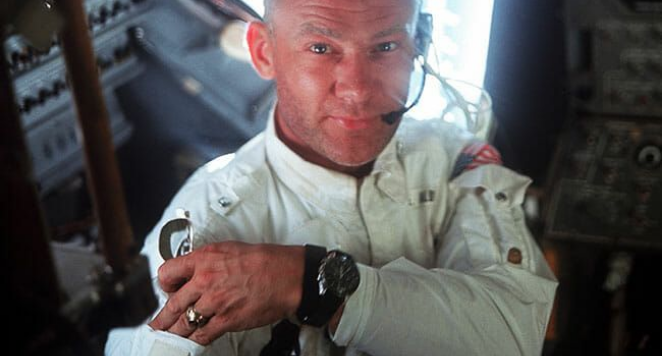
We can’t talk about ‘60s watches without explaining the NASA watch trials that resulted in the Omega Speedmaster heading to space.
In preparation for the moon landing, NASA spent the sixties searching long and hard for a timepiece that could withstand the extreme circumstances of space.
The final round was between the Longuines-Wittnauer 242T, the Rolex 6238, and of course the victorious Omega Speedmaster.
Each watch was tested on how well it could handle extreme temperature, pressure, acceleration, and various other factors.
It wasn’t until 1965 that the Speedmaster was declared the chosen watch for astronauts to take to the moon.
Without a doubt, the Omega Speedmaster made a significant mark on 1960s watches. Its large steel case and various other features made durability a desirable characteristic in a timepiece.
Watch Movements
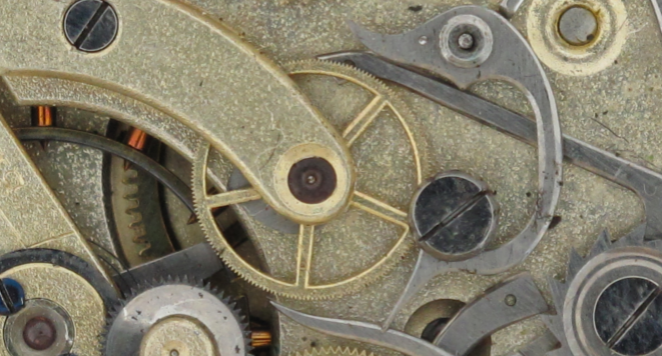
Up until the end of the 1960s, quartz watches didn’t exist, so 1960s watches were a good mix of mechanical and automatic.
Mechanical watches were treasured for their powerful past and their impressive longevity.
On the other hand, automatic watches had the benefit of being low maintenance as they are self-winding.
In 1969, quartz watches arrived and revolutionised the watch industry with their high accuracy and affordability.
Thus, ‘60s watches are an eclectic mix of all three watch movements.
Aesthetics
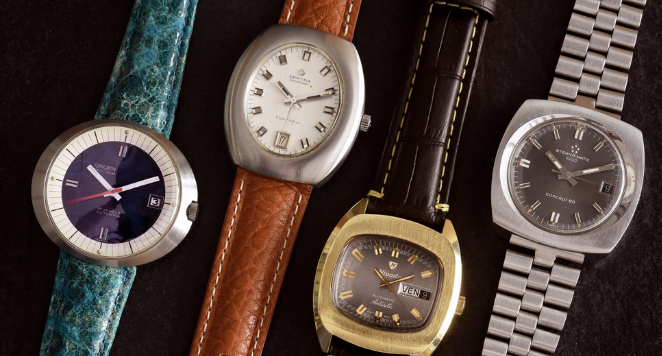
As we discussed in conjunction with the Omega Speedmaster Professional, 1960s watches were admired for their durability.
Robust, stainless steel cases were very popular in this era.
Often, these timepieces would be tool watches (e.g. pilot or diver) with chronographs on display. In fact, the first automatic chronograph was released by Hamilton, Breitling and Heuer in 1969.
Another popular aesthetic in the 1960s was tonneau dial watches. This type of dial was rectangular with rounded corners, a style that was incredibly modern at the time.
Regarding colour, many watch designers stuck to tradition in the ‘60s. Consequently, neutral colours such as black, white, gold and bronze dominated the market.
How Do Watches From the 60s Compare To Modern Watches?
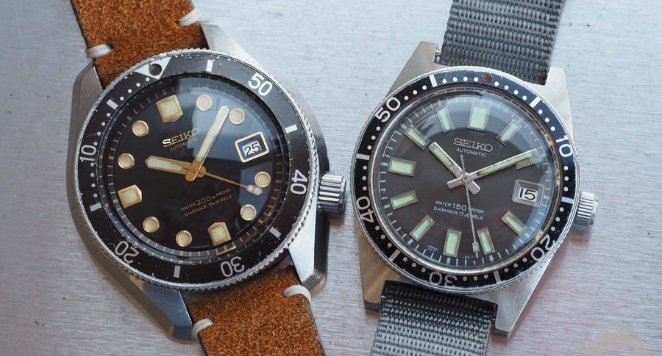
To this day, we use similar materials to those that appear in 1960s watches, such as the classic gold and silver, as well as stainless steel.
However, we now have access to superior materials, so modern watches are more likely to boast highly protective materials such as domed sapphire crystal.
Moreover, as previously mentioned, watches from the ‘60s were generally understated; colours were neutral and patterns were simple.
In contrast, contemporary watches tend to be more unique, showcasing bolder colours, patterns and shapes. What’s more, there are endless personalisation options available to us which certainly wasn’t the case 60 years ago.
As for watch straps, not too much has changed. Leather was a common choice back then, and it’s still often used now as it’s comfortable, easy to clean, and flexible.
However, rubber was perhaps the most popular watch band choice in the 1960s. Nowadays, we tend to see more metal bracelets due to their durability and sophisticated aesthetics.
Finally, the biggest difference is undoubtedly the level of technology involved in crafting watches of the 1960s compared to now. Though some 1960s watches flaunted advanced technology, today’s high water resistance and smartwatch technology is unrivaled.
5 Of Our Favourite 1960s Watches
Check out our list of our 5 favourite watches from the 60’s and give your wardrobe a blast from the past!
5. Universal Geneve, 18ct Gold Bracelet Watch Vintage
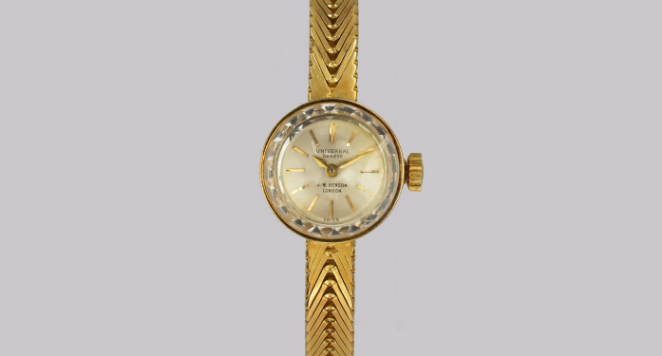
Our first watch from the 1960s is a stunning gold ladies watch.
While not all 1960s womens watches were high-quality, this 1964 Universal Geneve find absolutely is.
From the 18k yellow gold case to the matching integrated herringbone bracelet, elegance abounds in this classic 60s timepiece.
4. Timex, Mechanical Vintage Watch
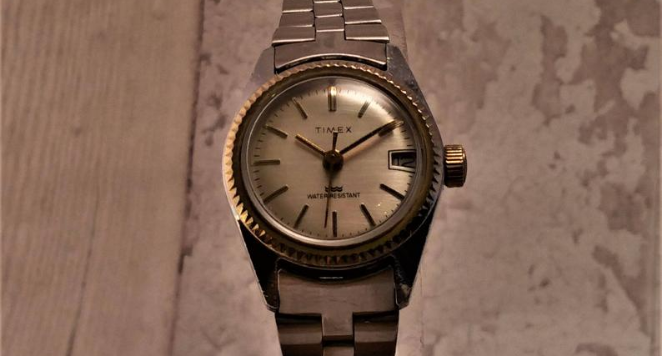
Another glorious example of a ladies watch from the ‘60s is this Timex creation.
Stainless steel was an extremely popular material for 1960s Timex watches, and this timepiece flaunts the durable material in both its case and bracelet.
We particularly love the charming date window, a feature that has outlasted countless trends.
3. Bulova, Accutron Vintage
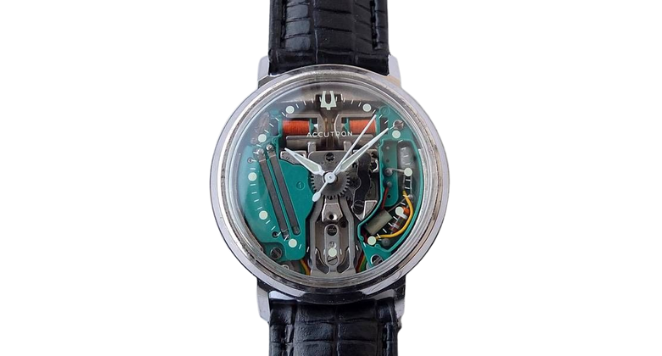
Our third watch from the 1960s resembles the skeleton dial we all know and love. There’s nothing better than peeking into the inner workings of a timepiece and admiring its complexity.
Typical of 1960s Bulova watches, a leather strap ties the look together, bringing a sense of sophistication as well as much-needed comfort.
2. Rolex, Sea-Dweller
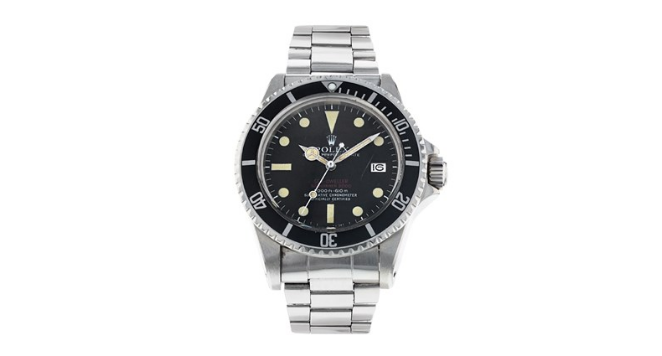
When we think of classic 1960s watches, we think of Rolex.
The Sea-Dweller had a reputation so powerful that it’s now one of the most popular vintage Rolex watches (1960s).
We don’t know if it’s the oversized 40mm case, the durable steel, or the gorgeous black baton dial, but either way, there’s no denying the charm of this 1960s Rolex.
1. Omega, Speedmaster Moonwatch Professional
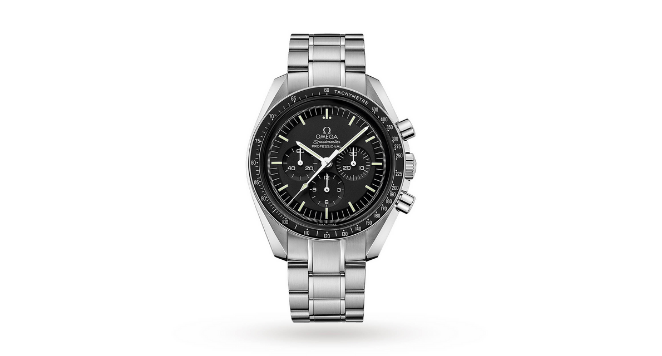
How could we not include the NASA-approved Omega Speedmaster Professional in our list of 1960s watches?
Omega watches from the 1960s had no shortage of premium materials. This product is a true reflection of that, from the stainless-steel NATO strap to the hesalite crystal lens.
As for the style, we adore the traditional chronograph displayed on a powerful ebony dial.
With this combination of fashion and functionality, it’s no wonder vintage Omega watches (1960s) are still so desirable today!
Our Final Thoughts On 1960s Watches
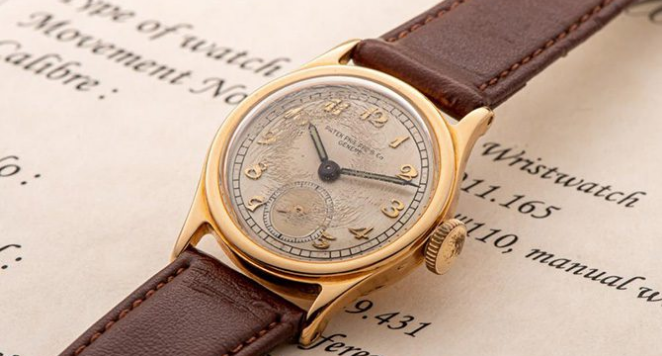
Overall, watches from the 1960s are defined by their robust materials, providing a longevity that every watch enthusiast dreams of.
Fortunately, many watch brands have succeeded in maintaining – and improving – this level of durability.
Uniform Wares’ Swiss-made premium products are a prime example of this. If you don’t believe us, take a look at our watches for sale today.
